1909
1909
1909
1910s
1910s
1920s
1920s
1930s
1930s
1940s
1940s
1950s
1950s
1960s
1960s
1970s
1970s
1980s
1980s
1990s
1990s
2000s
2000s
2010s
2010s
2020
2020
IMS DIGITAL ARCHIVE






LOOK BOOK

Generations ago, not every Indianapolis 500 driver was a full-time wheelman. Whereas today’s contestants...
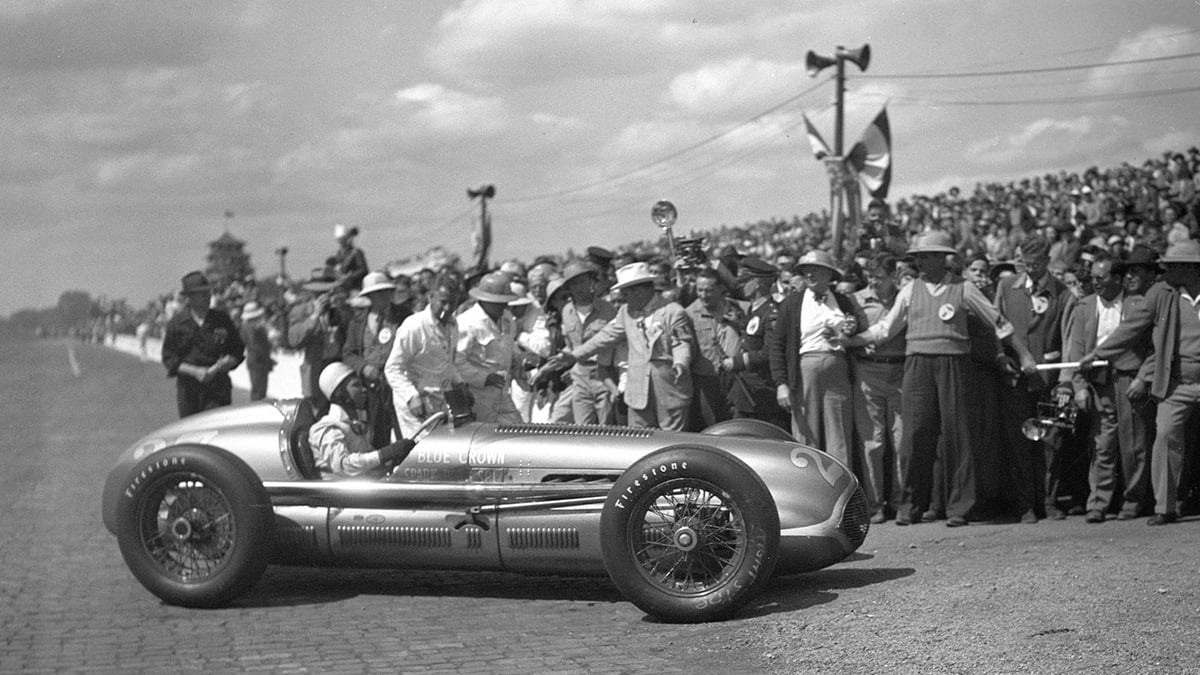
04/02/2020
READ MORE
MAURI ROSE SHINED AS MOONLIGHTER
ARTICLE
1940s ALMANAC
Wilbur Shaw could hardly believe his eyes.His beloved Indianapolis Motor Speedway had fallen into a terrible state of disrepair...
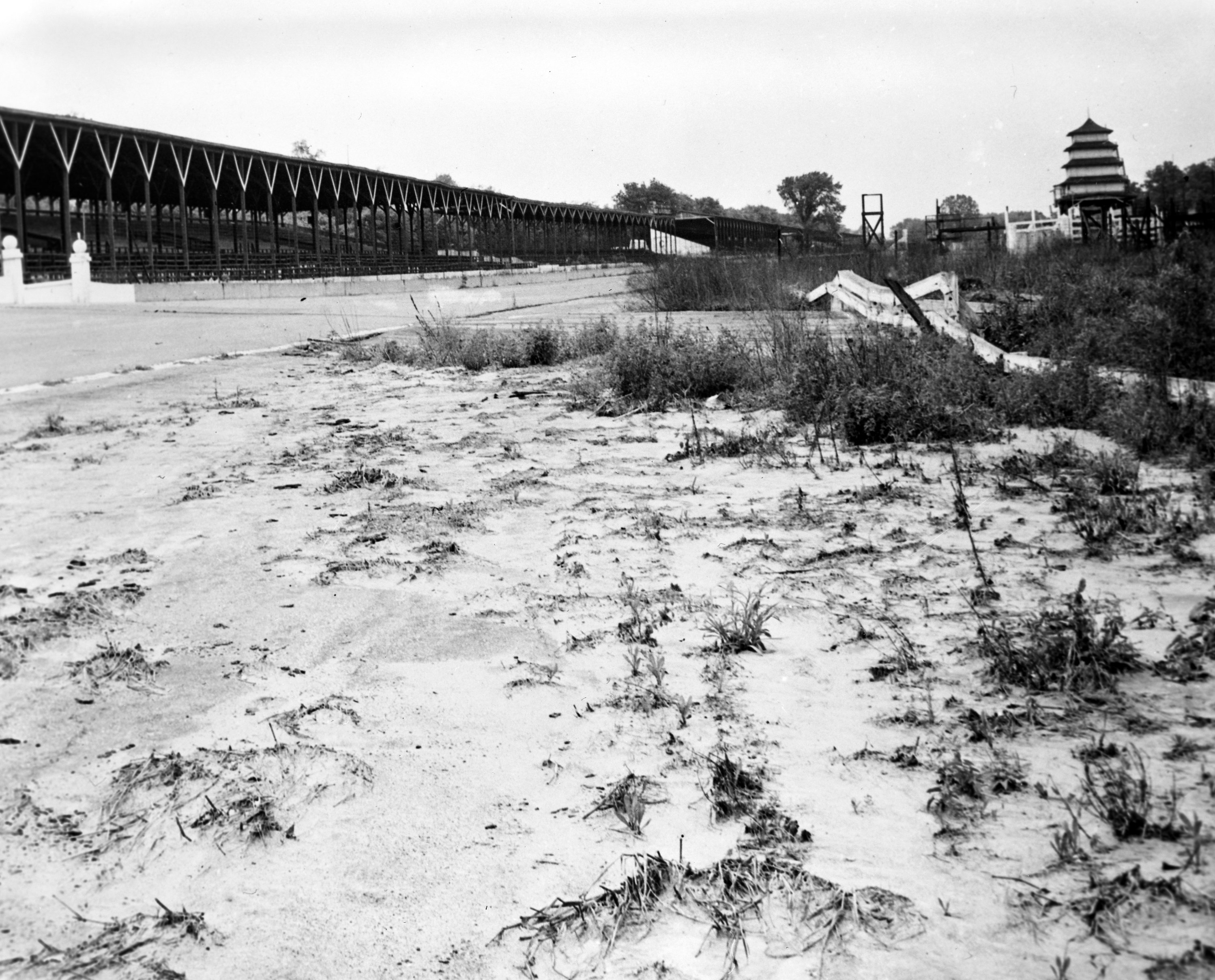
ARTICLE
03/20/2020
Hulman, Shaw Teamed Up To Rescue IMS From Ruin
READ MORE
READ MORE
1940: In addition to joining Louis Meyer as a three-time winner, Wilbur Shaw became the first person to win the “500” in consecutive years...
03/29/2020
The Indy 500 Year-by-Year
ARTICLE

IMS HISTORIAN DONALD DAVIDSON
DIGITAL DONALD
1940
Wilbur Shaw became the first driver to win back-to-back Indianapolis 500s. Only four other drivers have accomplished this feat: Mauri Rose (1947-48), Bill Vukovich (1953-54), Al Unser (1970-71) and Helio Castroneves (2001-02).

Experience the decade that changed the course of history at the Indianapolis Motor Speedway.
1940s

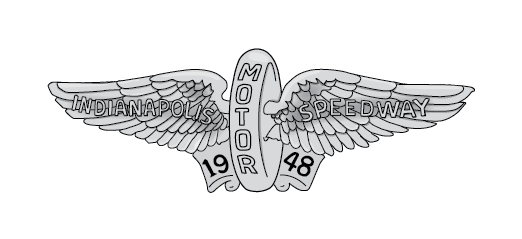
10/10
Mauri Rose poses with Lou Moore and the Borg-Warner Trophy after winning his third Indianapolis 500-Mile race in 1948. Rose joined Louis Meyer and Wilbur Shaw as three-time winners of the “500.”
9/10
George Robson interviews with the media after becoming the first driver to visit Victory Circle at the
Indianapolis Motor Speedway in five years.
8/10
It is in this photograph that racing returned to the Indianapolis Motor Speedway as the field, led by pole sitter Cliff Bergere in the No. 3, dives into Turn 1 on the first lap in 1946.
7/10
Ralph Hepburn in his brand new No. 2 “Novi.” The low-sitting, ear-splitting V8 supercharged machine electrified the crowds during qualifying with a record-shattering run. Hepburn broke the single lap record by almost four miles per hour, raising the bar to 134.449 mph.
6/10
A crowd of cars fill the infield on race morning of the Indianapolis 500 in 1946. After some concern that crowds would not return to the Speedway, a massive amount of fans showed up on race day and caused gigantic traffic jams.
5/10
A refreshed Indianapolis Motor Speedway in 1946 after Tony Hulman purchased the track, with the urging of Wilbur Shaw, and properly renovated it to make it ready for the 1946 race.
4/10
A section of the Indianapolis Motor Speedway just inside Turn 1 that is overgrown with weeds. It is said that during a Firestone test with Wilbur Shaw in 1944, they first had to “weed” the groove in order to make it a drivable surface.
Tony Hulman and Wilbur Shaw sit in a test car at the Indianapolis Motor Speedway in 1945. It was Wilbur Shaw who, after seeing his beloved racetrack in dilapidated condition, sought a buyer for the track to bring the Indianapolis 500 back
from hiatus. His journey led him to Terre Haute, Indiana, businessman Tony Hulman.
3/10
From left, Tony Hulman, Eddie Rickenbacker and Wilbur Shaw. Hulman, with the urging from Shaw, purchased the racetrack from Rickenbacker for an estimated $750,000 in 1945 after some believed the property could be turned
into a housing development.
2/10
1/10
The main straightaway, which is cracked and overgrown with weeds, at the Indianapolis Motor Speedway in 1945 after sitting dormant during World War II.









1930s
Experience the decade that sparked Indy 500 traditions race fans
love today.

George Robson won the first Indianapolis 500 under Tony Hulman’s ownership. Robson led 138 laps before a massive crowd that was eager to see racing return to the Speedway.
MAY 30, 1946
Tony Hulman of Terre Haute, Indiana, purchased the dilapidated Indianapolis Motor Speedway from Eddie Rickenbacker for $750,000 after the race was stopped for four years during WWII. Hulman would help elevate the “500” and the Month of May to new heights. Wilbur Shaw was named president and general manager.
NOV. 14, 1945
Wilbur Shaw became the first driver to win back-to-back Indianapolis 500s. Only four other drivers have accomplished this feat: Mauri Rose (1947-48), Bill Vukovich (1953-54), Al Unser (1970-71) and Helio Castroneves (2001-02).
1940
HULMAN, SHAW TEAMED UP TO RESCUE IMS FROM RUIN

IMS HISTORIAN DONALD DAVIDSON
DIGITAL DONALD
“He did not spend a lot of time at the track,” IMS Historian Donald Davidson said.“It got in a lot of people’s heads, he seemed to be doing it so easily. He would beam when he would talk about it. He said, ‘I had a job, I liked my job.
I wanted to get back to work!’”
While this famous command sounds for all the world as if it would have been intoned from the very earliest days by Carl Fisher...
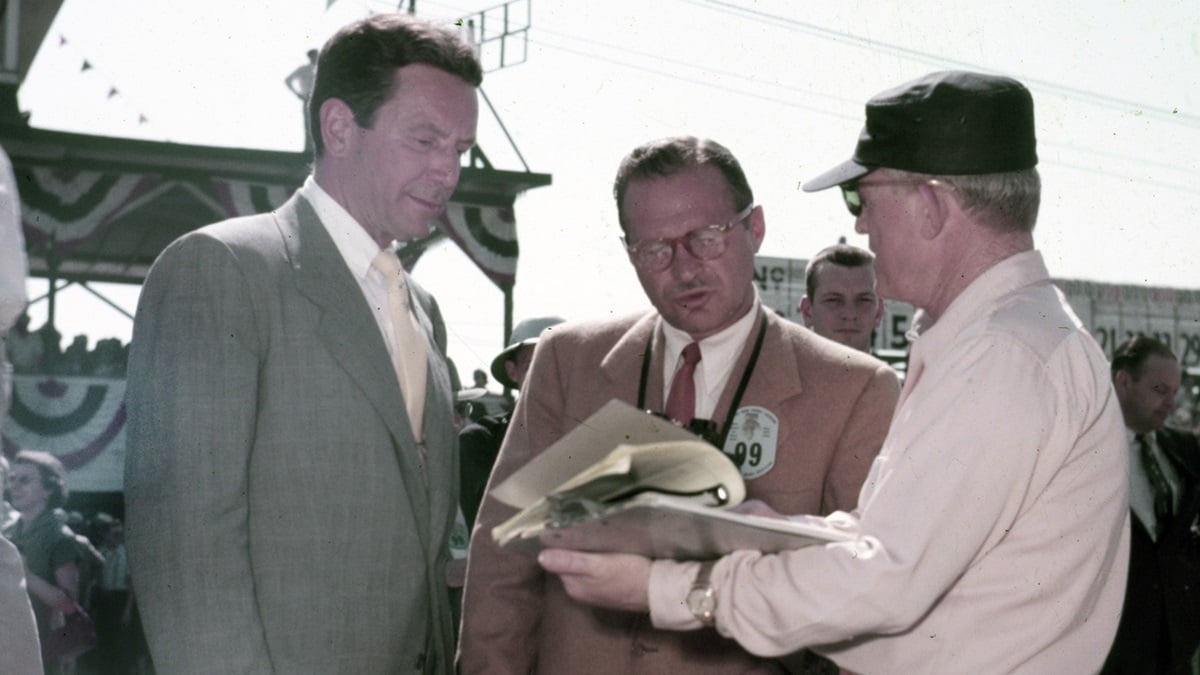
ARTICLE
04/02/2020
‘Gentlemen, Start Your Engines’ Traces Back to 1940s
READ MORE
READ MORE
It is understood that the song “Back Home Again in Indiana” (the correct title of which is merely “Indiana”) may have been heard...
04/02/2020

'BACK HOME AGAIN IN INDIANA' BECAME HOUSEHOLD TRADITION
ARTICLE
05/08/2020
Wilbur Shaw 1940 Win
VIDEO
02/18/2009
Tony Hulman Centennial Era
VIDEO
02/26/2009
1947 Newsreel Centennial Era
VIDEO

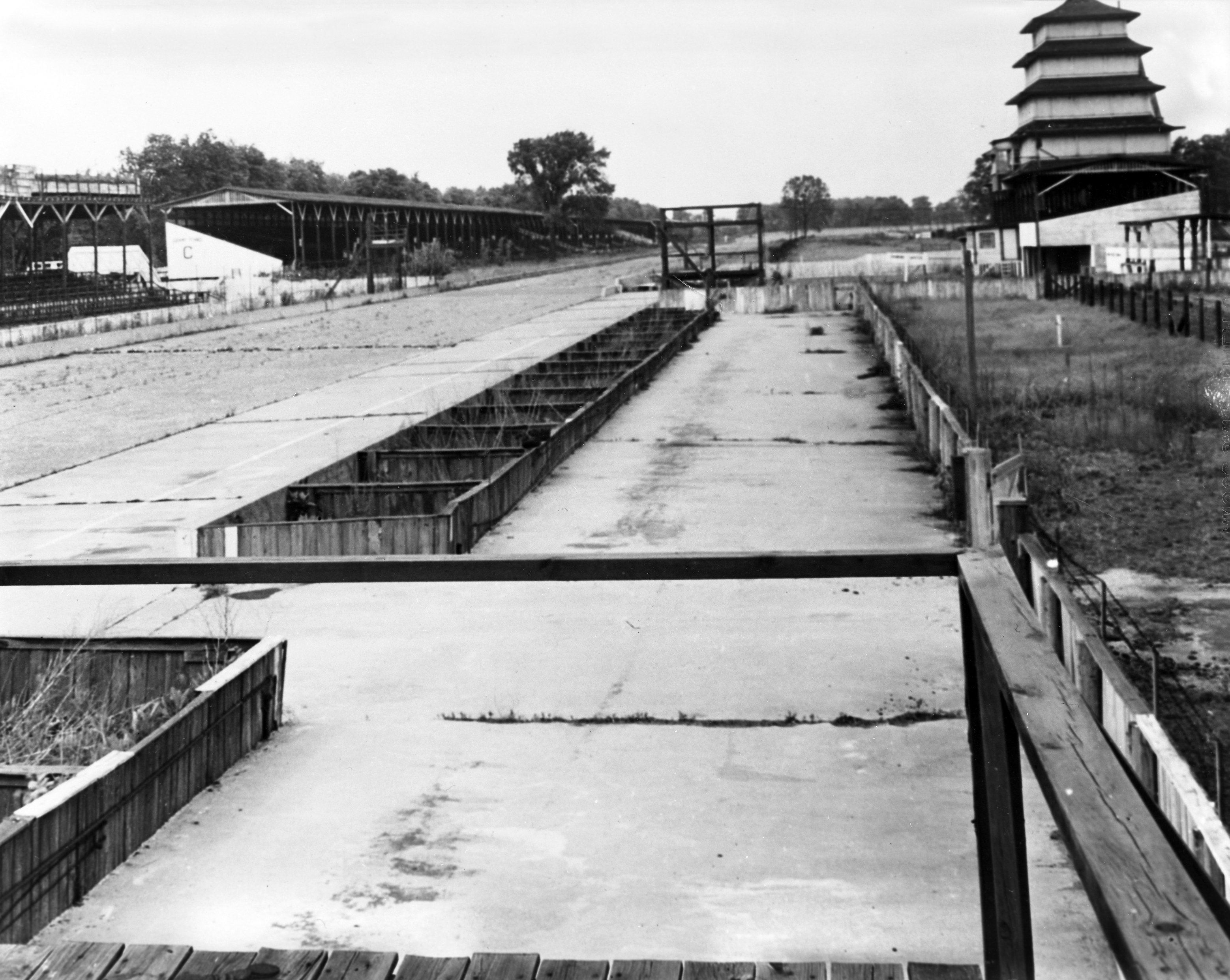
George Robson won the first Indianapolis 500 under Tony Hulman’s ownership. Robson led 138 laps before a massive crowd that was eager to see racing return to the Speedway.
MAY 30, 1946
Tony Hulman of Terre Haute, Indiana, purchased the dilapidated Indianapolis Motor Speedway from Eddie Rickenbacker for $750,000 after the race was stopped for four years during WWII. Hulman would help elevate the “500” and the Month of May to new heights. Wilbur Shaw was named president and general manager.
NOV. 14, 1945






05/08/2020
Wilbur Shaw 1940 Win
VIDEO
02/18/2009
Tony Hulman Centennial Era
VIDEO
02/26/2009
1947 Newsreel Centennial Era
VIDEO



Lorem ipsum dolor.
AUDIO
Generations ago, not every Indianapolis 500 driver was a full-time wheelman. Whereas today’s contestants...
04/01/2020
MAURI ROSE SHINED AS MOONLIGHTER
READ MORE
ARTICLE

LOOK BOOK
1940s ALMANAC
Hulman, Shaw Teamed Up To Rescue IMS From Ruin

DIGITAL DONALD
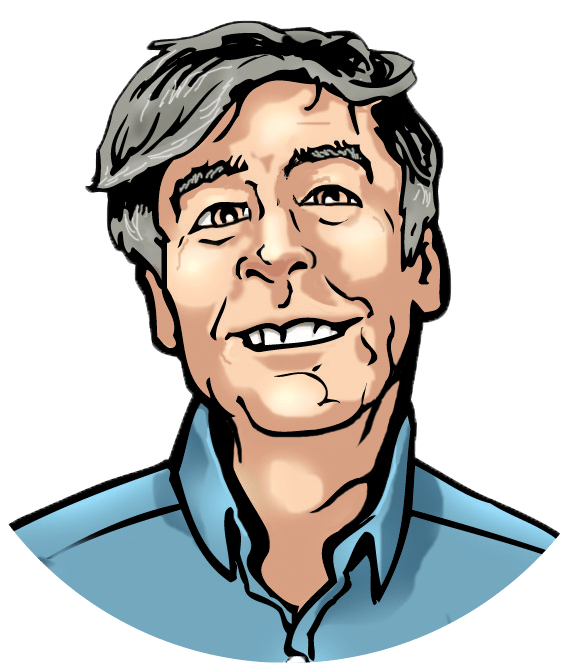
IMS HISTORIAN DONALD DAVIDSON
George Robson won the first Indianapolis 500 under Tony Hulman’s ownership. Robson led 138 laps before a massive crowd that was eager to see racing return to the Speedway.
May 30, 1946
Tony Hulman of Terre Haute, Indiana, purchased the dilapidated Indianapolis Motor Speedway from Eddie Rickenbacker for $750,000 after the race was stopped for four years during WWII. Hulman would help elevate the “500” and the Month of May to new heights. Wilbur Shaw was named president and general manager.
Nov. 14, 1945
Wilbur Shaw became the first driver to win back-to-back Indianapolis 500s. Only four other drivers have accomplished this feat: Mauri Rose (1947-48), Bill Vukovich (1953-54), Al Unser (1970-71) and Helio Castroneves (2001-02).
1940
Experience the decade that sparked Indy 500 traditions race fans love today.
1930s

IMS DIGITAL ARCHIVE


1909
1909
1909
1910s
1910s
1920s
1920s
1930s
1930s
1940s
1940s
1950s
1950s
1960s
1960s
1970s
1970s
1980s
1990s
2000s
2010s
2020

10/10
Mauri Rose poses with Lou Moore and the Borg-Warner Trophy after winning his third Indianapolis 500-Mile race in 1948. Rose joined Louis Meyer and Wilbur Shaw as three-time winners
of the “500.”
9/10
George Robson interviews with the media after becoming the first driver to visit Victory Circle at the Indianapolis Motor Speedway in five years.
8/10
It is in this photograph that racing returned to the Indianapolis Motor Speedway as the field, led by pole sitter Cliff Bergere in the No. 3, dives into Turn 1 on the first lap in 1946.
7/10
Ralph Hepburn in his brand new No. 2 “Novi.” The low-sitting, ear-splitting V8 supercharged machine electrified the crowds during qualifying with a record-shattering run. Hepburn broke the single lap record by almost four miles per hour, raising
the bar to 134.449 mph.
6/10
A crowd of cars fill the infield on race morning of the Indianapolis 500 in 1946. After some concern that crowds would not return to the Speedway, a massive amount of fans showed up on race day and caused gigantic traffic jams.
5/10
A refreshed Indianapolis Motor Speedway in 1946 after Tony Hulman purchased the track, with the urging of Wilbur Shaw, and properly renovated it to make it ready for the 1946 race.
4/10
A section of the Indianapolis Motor Speedway just inside Turn 1 that is overgrown with weeds. It is said that during a Firestone test with
Wilbur Shaw in 1944, they first had to “weed” the groove in order
to make it a drivable surface.
Tony Hulman and Wilbur Shaw sit in a test car at the Indianapolis Motor Speedway in 1945. It was Wilbur Shaw who, after seeing his beloved racetrack in dilapidated condition, sought a buyer for the track to bring the Indianapolis 500 back from hiatus. His journey led him to Terre Haute, Indiana, businessman Tony Hulman.
3/10
From left, Tony Hulman, Eddie Rickenbacker and Wilbur Shaw. Hulman, with the urging from Shaw, purchased the racetrack from Rickenbacker for an estimated $750,000 in 1945 after some believed the property could be turned into a
housing development.
2/10
1/10
The main straightaway, which is cracked and overgrown with weeds, at the Indianapolis Motor Speedway in 1945 after sitting dormant during World War II.






‘Gentlemen, Start Your Engines’ Traces Back to 1940s

'BACK HOME AGAIN IN INDIANA' BECAME HOUSEHOLD TRADITION

THE INDY 500 YEAR-BY-YEAR








IMS DIGITAL ARCHIVE


1909
1909
1909
1910s
1910s
1920s
1930s
1930s
1940s
1940s
1950s
1950s
1960s
1960s
1970s
1970s
1980s
1990s
2000s
2010s
2020

'BACK HOME AGAIN IN INDIANA' BECAME HOUSEHOLD TRADITION

The indy 500 year-by-year




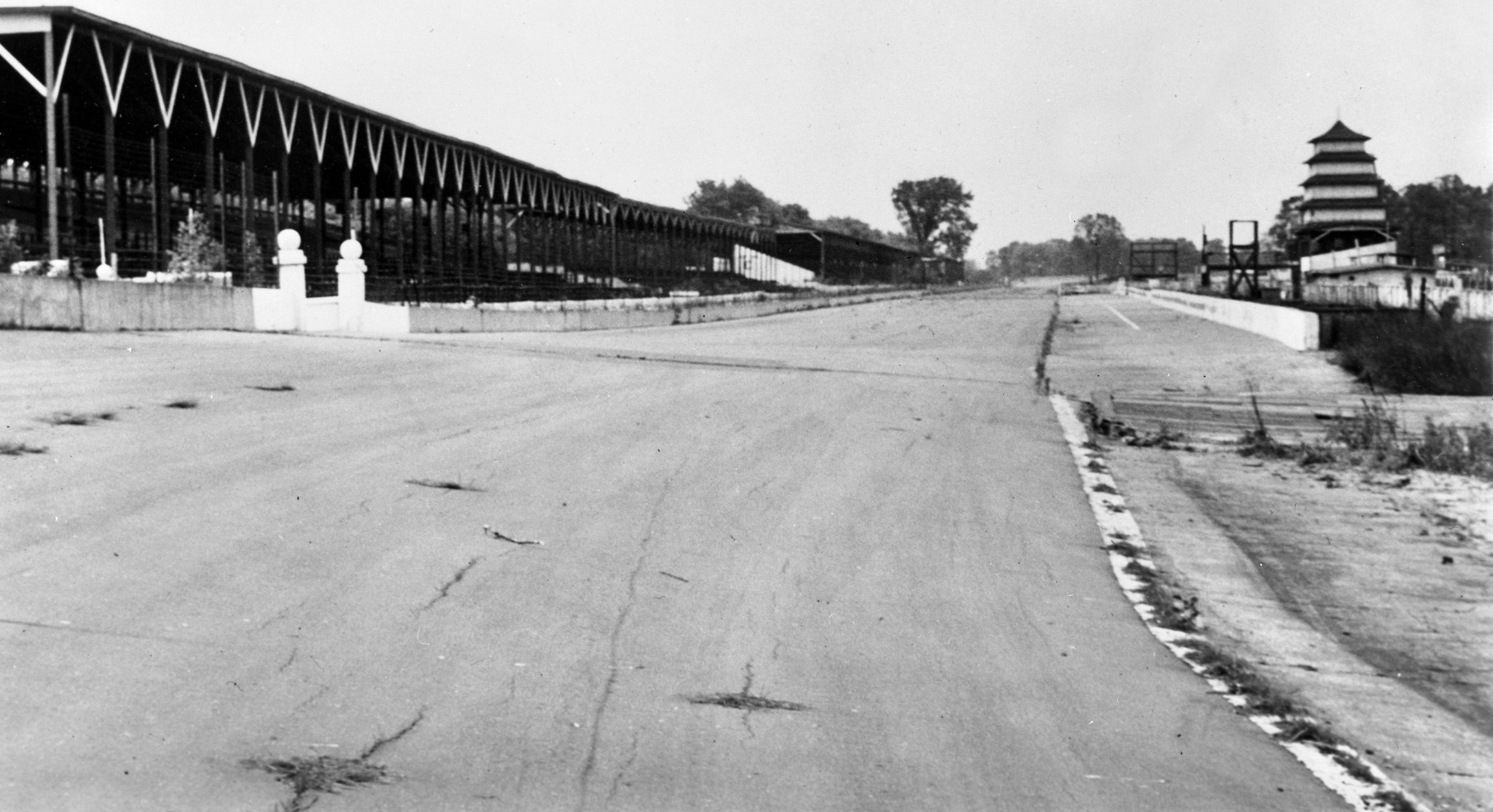
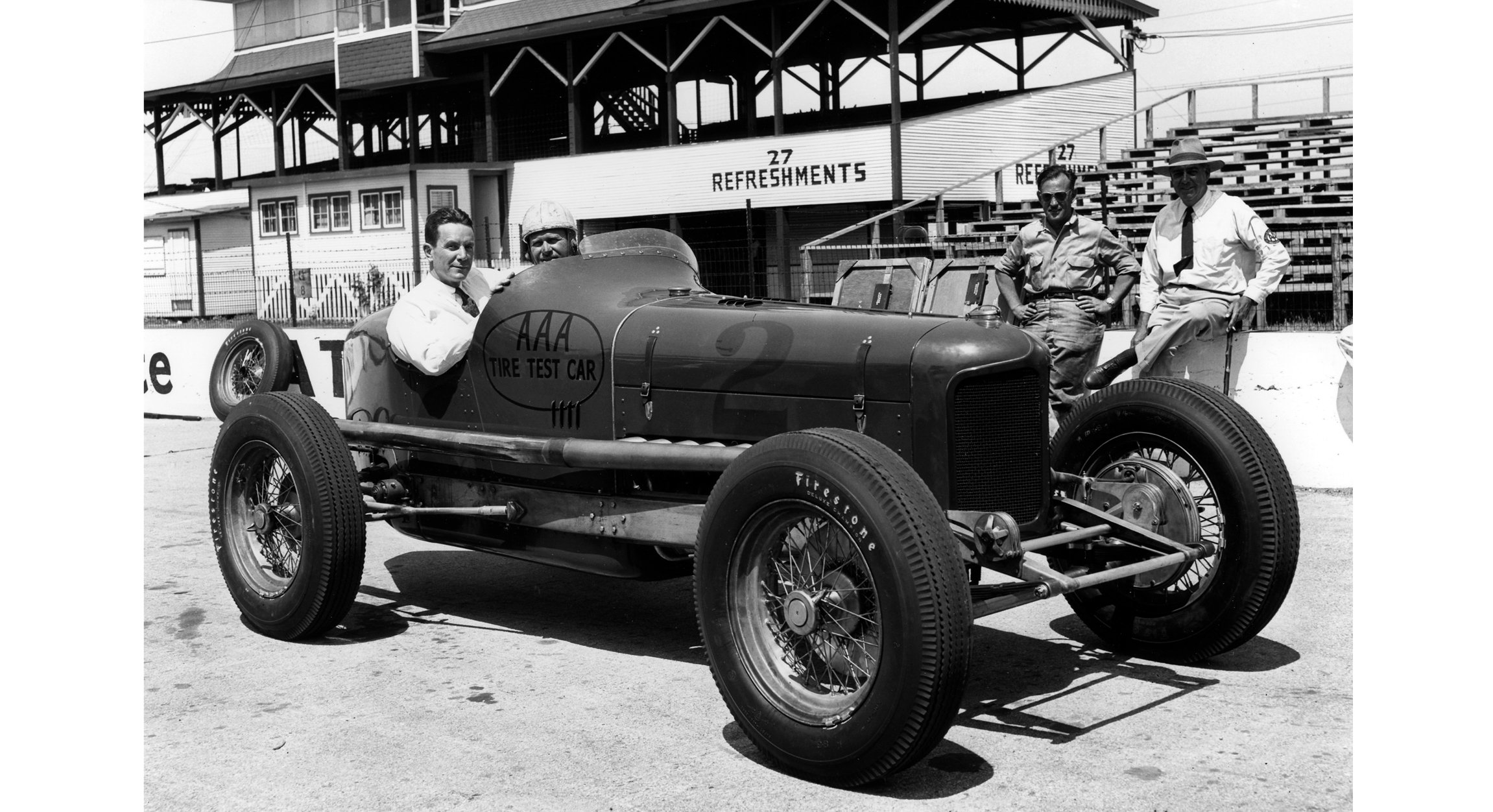
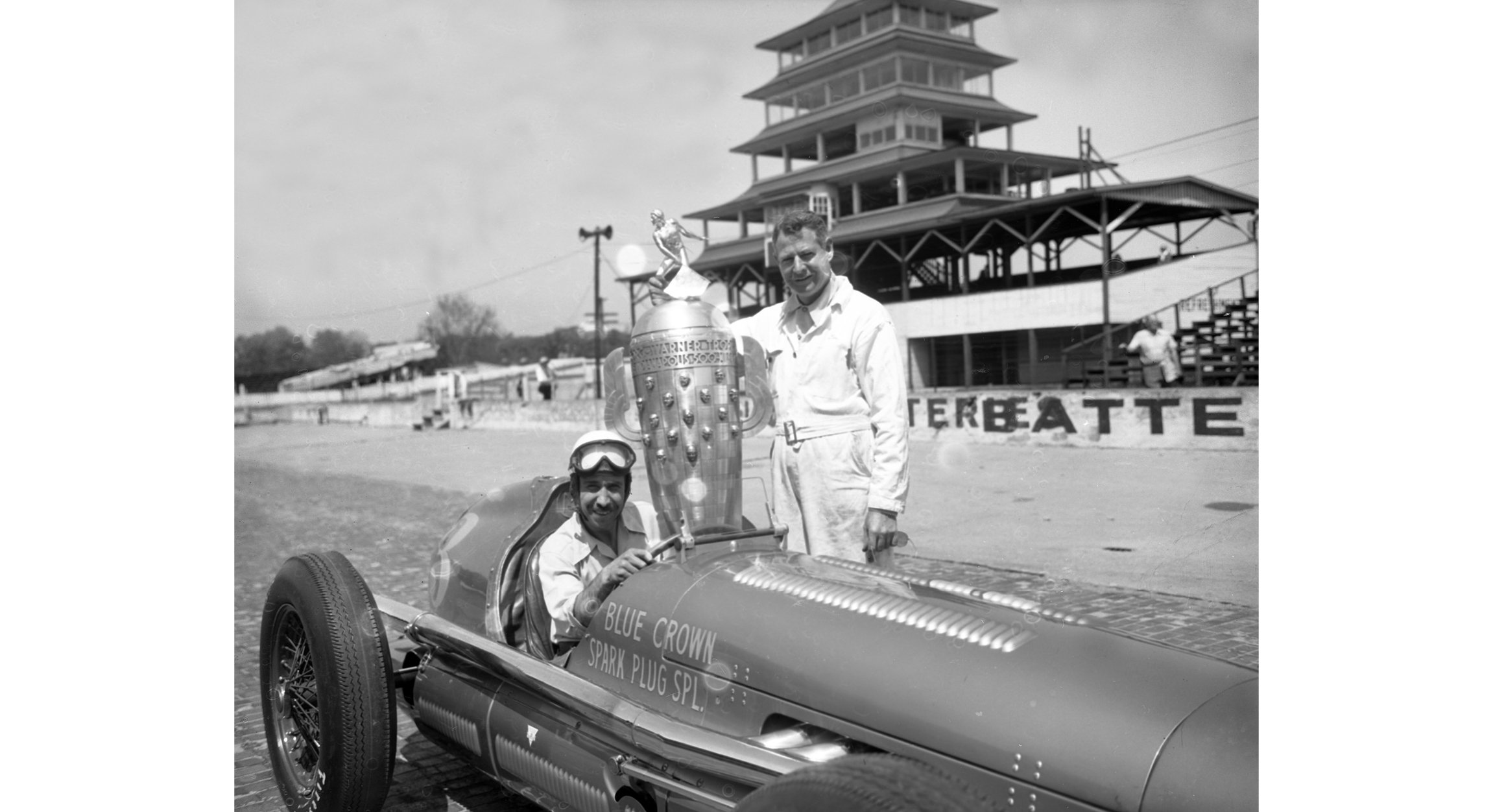
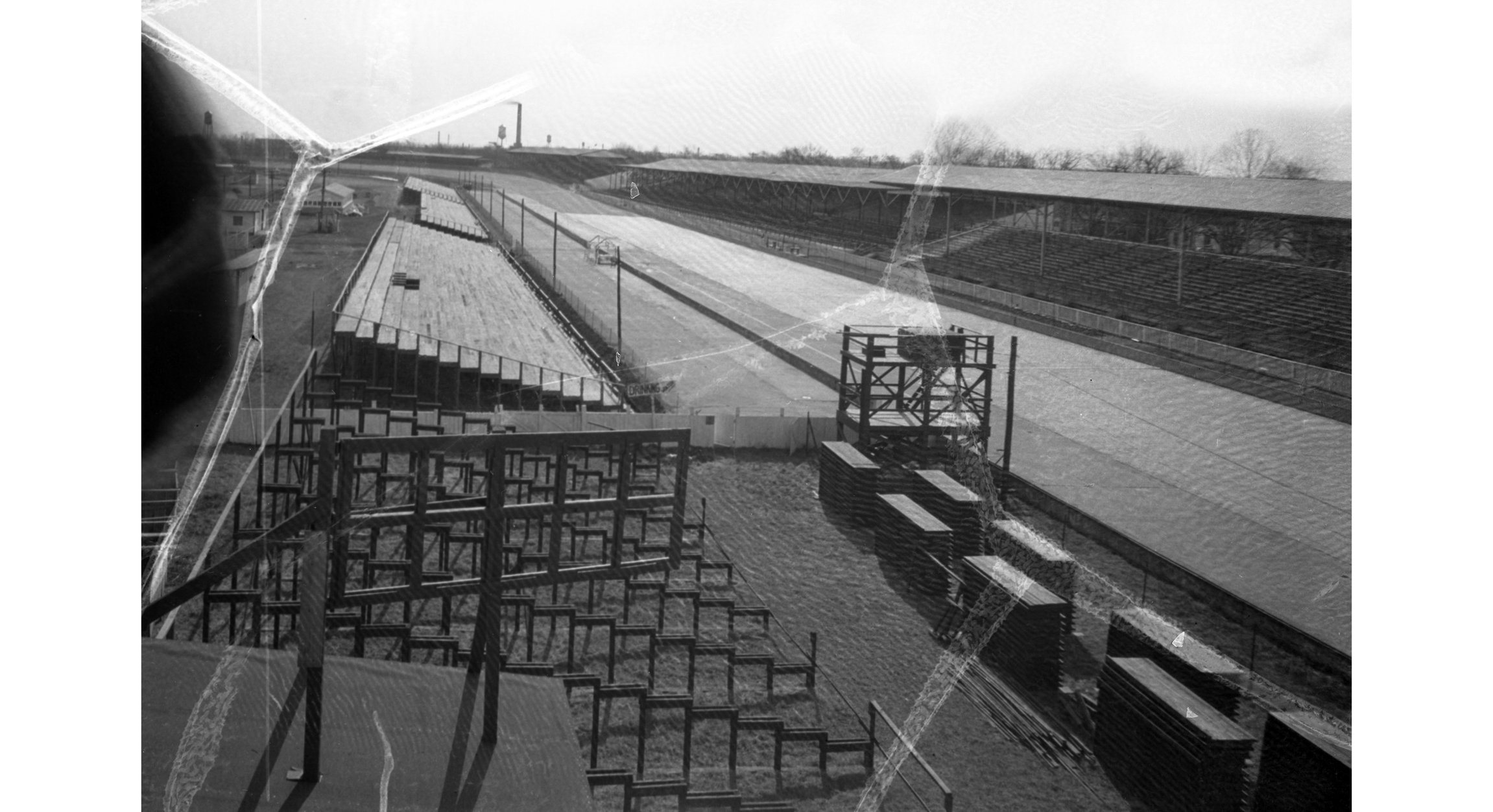

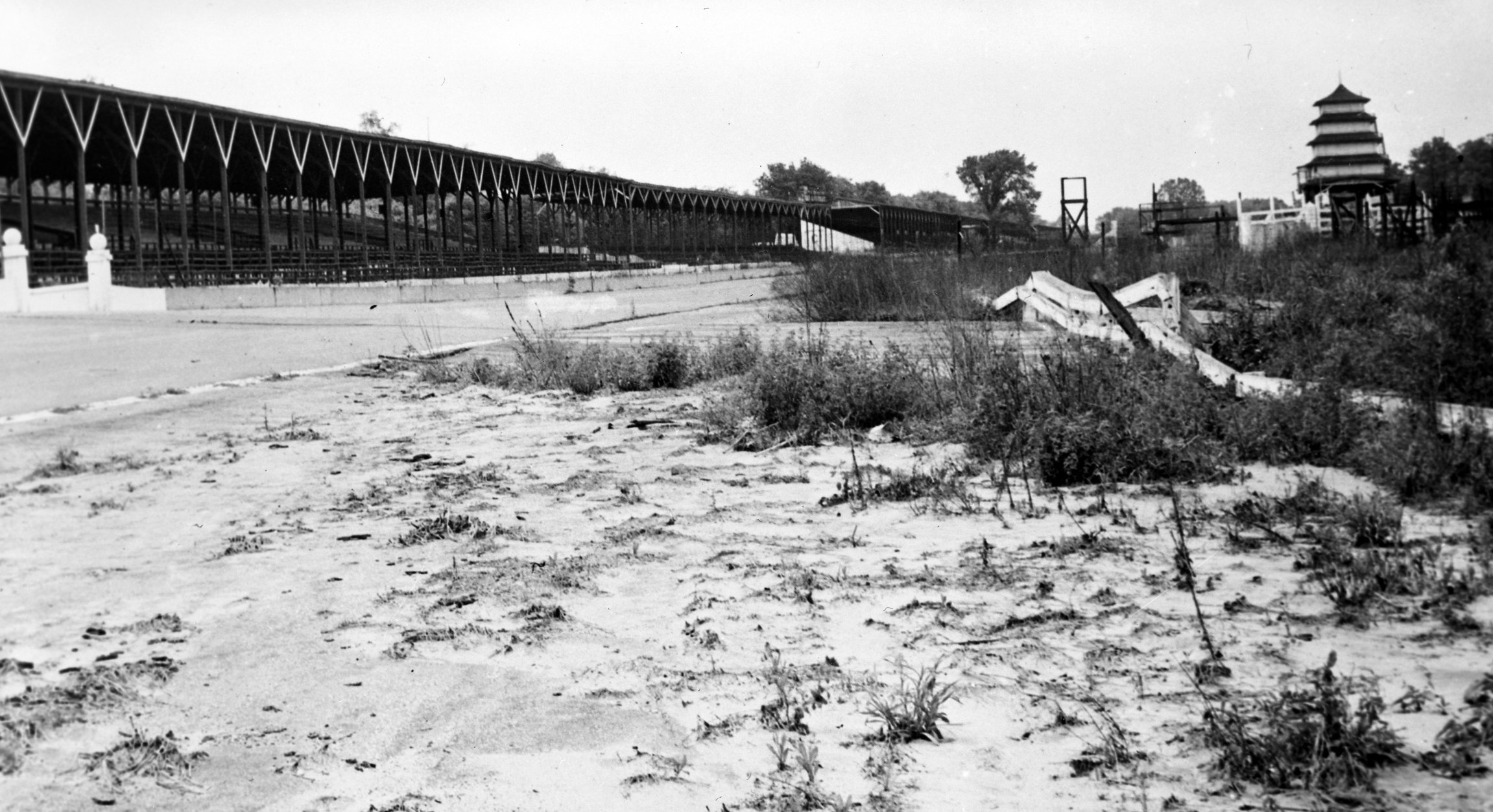
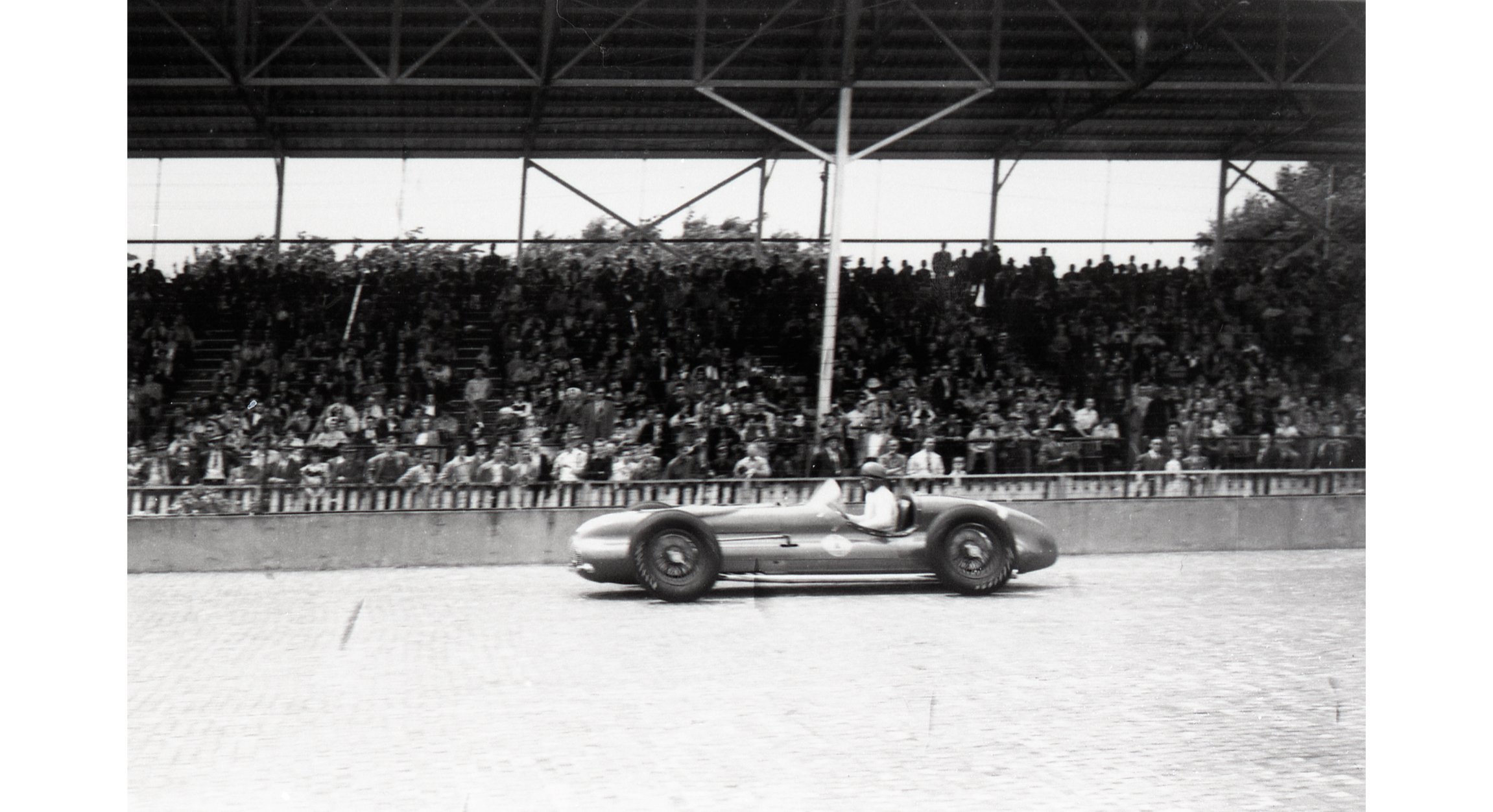
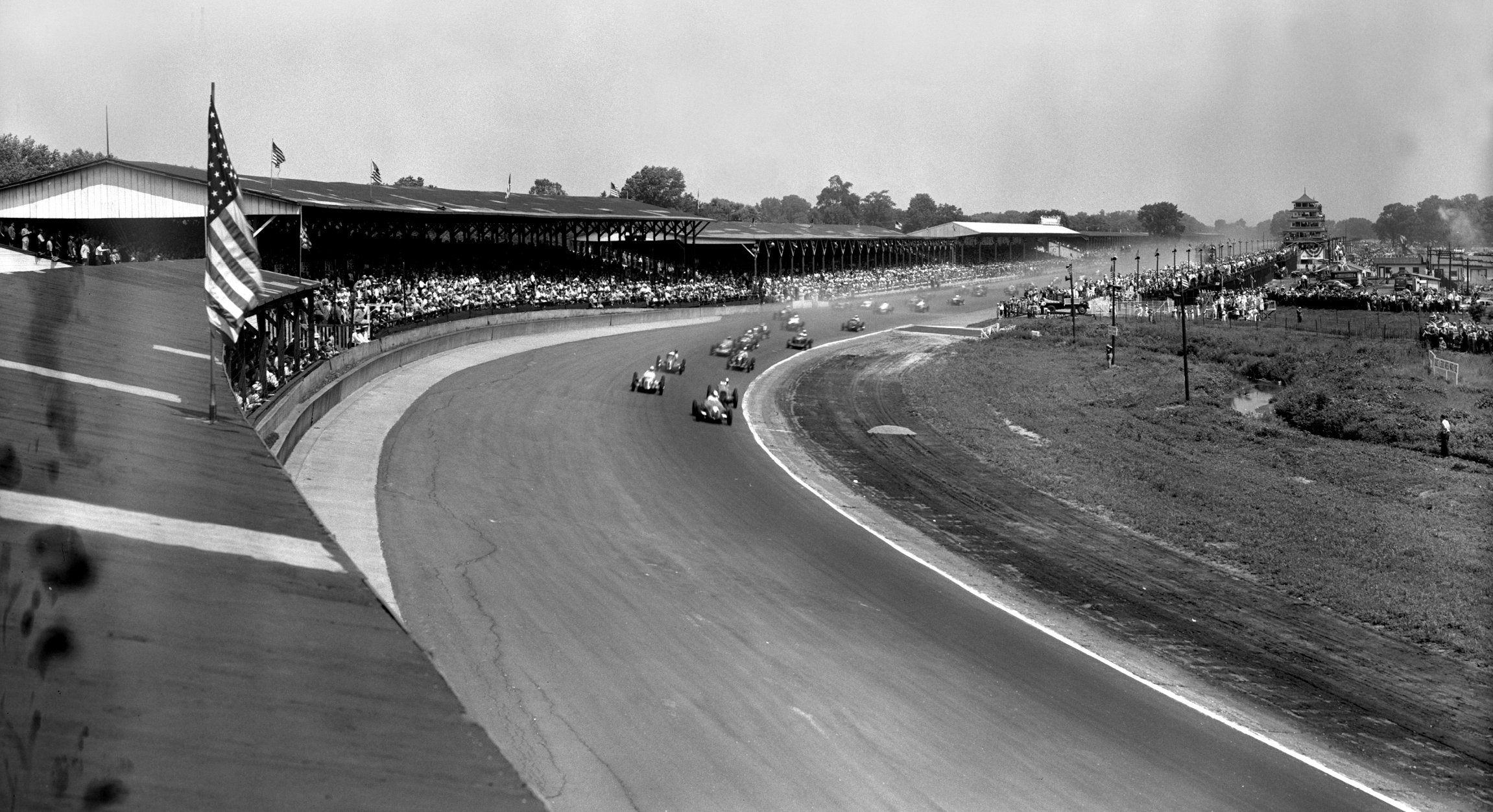
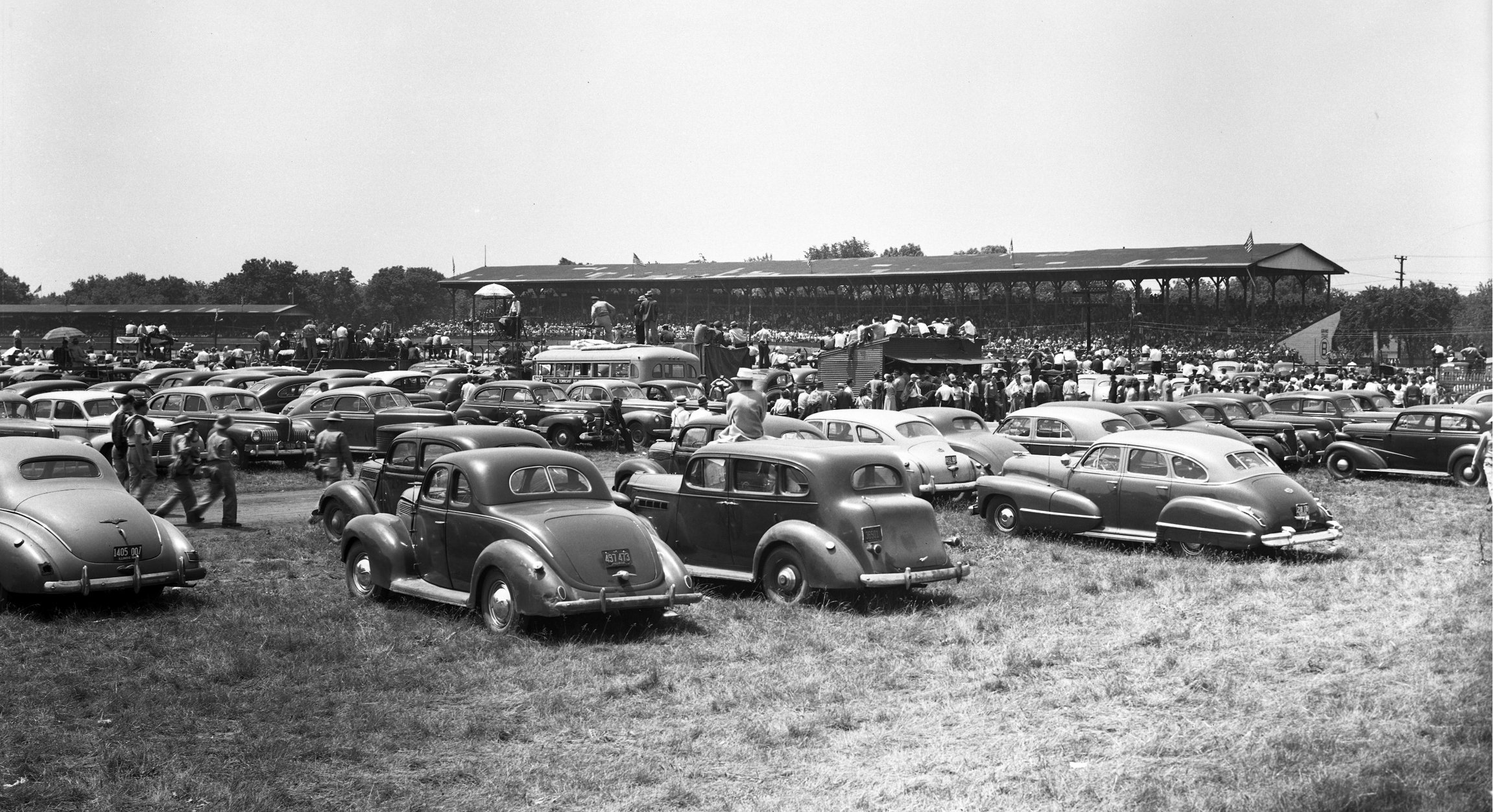

‘Gentlemen, Start Your Engines’ Traces Back to 1940s


02/26/2009
1947 Newsreel Centennial Era
VIDEO
LOOK BOOK

When race fans think of dominant drivers of the Indianapolis 500, they likely think of A.J. Foyt in the 1960s...
04/02/2020
Shaw Writes History with Amazing
Indy 500 Success
ARTICLE
1940s ALMANAC











02/18/2009
Tony Hulman Centennial Era
VIDEO
05/08/2020
Wilbur Shaw 1940 Indy 500 Win
VIDEO










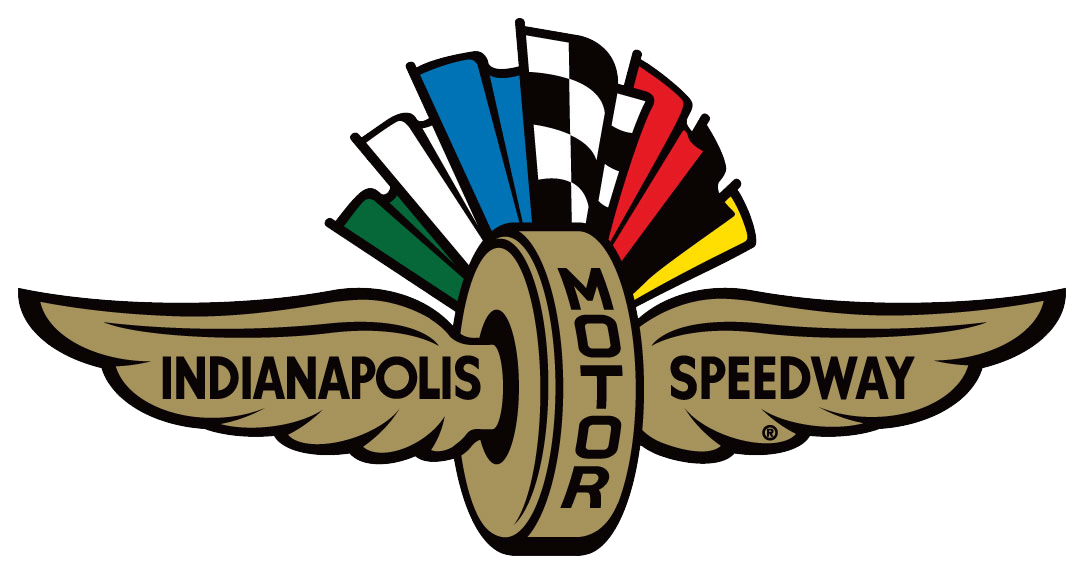
Check back next week to learn how modern day legends found their footing at IMS.




















10/10
Mauri Rose poses with Lou Moore and the Borg-Warner Trophy after winning his third Indianapolis 500-Mile race in 1948. Rose joined Louis Meyer and Wilbur Shaw as three-time winners
of the “500.”
9/10
George Robson interviews with the media after
becoming the first driver to visit Victory Circle at the
Indianapolis Motor Speedway in five years.
8/10
It is in this photograph that racing returned to the Indianapolis Motor Speedway as the field, led by pole sitter Cliff Bergere in the No. 3, dives into Turn 1 on the first lap in 1946.
7/10
Ralph Hepburn in his brand new No. 2 “Novi.” The low-sitting, ear-splitting V8 supercharged machine electrified the crowds during qualifying with a record-shattering run. Hepburn broke the single lap record by almost four miles per hour, raising
the bar to 134.449 mph.
6/10
A crowd of cars fill the infield on race morning of the Indianapolis 500 in 1946. After some concern that crowds would not return to the Speedway, a massive amount of fans showed up on race day and caused gigantic traffic jams.
5/10
A refreshed Indianapolis Motor Speedway in 1946 after Tony Hulman purchased the track, with the urging of Wilbur Shaw, and properly renovated it to make it ready for the 1946 race.
4/10
A section of the Indianapolis Motor Speedway just inside Turn 1 that is overgrown with weeds. It is said that during a Firestone test with Wilbur Shaw in 1944, they first had to “weed” the groove in order to make it a drivable surface.
Tony Hulman and Wilbur Shaw sit in a test car at the Indianapolis Motor Speedway in 1945. It was Wilbur Shaw who, after seeing his beloved racetrack in dilapidated condition, sought a buyer for the track to bring the Indianapolis 500 back from hiatus. His journey led him to Terre Haute, Indiana, businessman Tony Hulman.
3/10
From left, Tony Hulman, Eddie Rickenbacker and Wilbur Shaw. Hulman, with the urging from Shaw, purchased the racetrack from Rickenbacker for an estimated $750,000 in 1945 after some believed the property could be turned into a housing development.
2/10
1/10
The main straightaway, which is cracked and overgrown with weeds, at the Indianapolis Motor Speedway in 1945 after sitting dormant during World War II.














READ MORE

